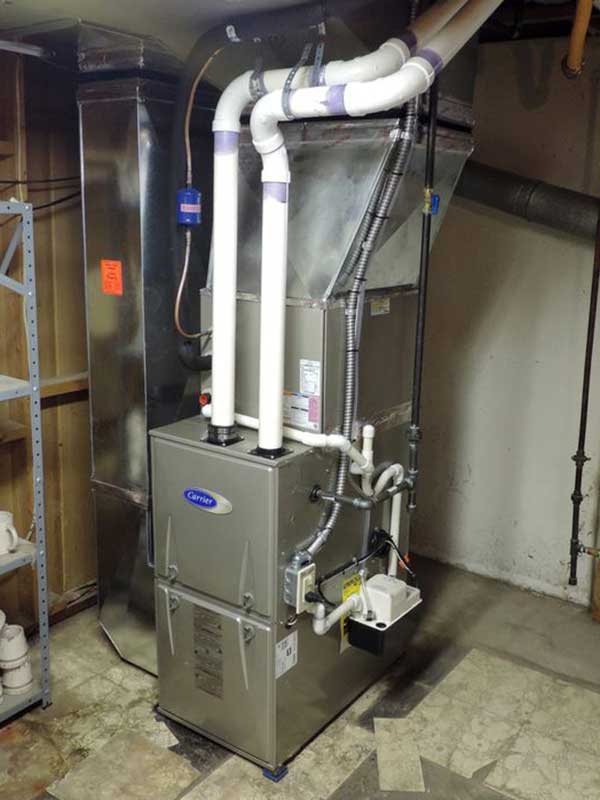The Ultimate Guide to Furnace Installation for a Cozy Home
Heater setup is a crucial facet of maintaining a comfy home setting, particularly throughout the cooler months. As you consider these variables, the inquiry continues to be: what steps can you take to guarantee your heating system offers you well for years to come?
Kinds of Heating Systems

Gas heaters are one of the most common choice because of their effectiveness and reduced operational costs. They use gas or lp, giving fast home heating and regular performance, making them excellent for colder climates.
Electric furnaces, while typically simpler to set up and preserve, have a tendency to have higher operational prices. They are frequently favored in locations where gas solution is unavailable or for homes with existing electric framework.
Oil furnaces, though less common today, stay a practical option in specific regions. They shed heating oil, which can be beneficial throughout colder months, but their dependence on oil distribution postures potential obstacles.
In addition, there are high-efficiency versions offered across these kinds, which can dramatically decrease power usage and utility costs - furnace installation. Inevitably, understanding these heating system types will certainly assist house owners choose a system that aligns with their home heating needs, budget, and power choices
Selecting the Right Size
Picking the proper size for a heater is essential to making certain optimal performance and power performance. An undersized furnace will certainly struggle to keep comfortable temperature levels during the cool months, causing enhanced wear and tear, greater energy expenses, and potential system failing. On the other hand, an oversized heater may cycle on and off also frequently, causing inefficient home heating and unequal temperature level distribution within the home.
To determine the right furnace dimension, a calculation referred to as the Manual J tons estimation ought to be executed. This process reviews various aspects, including the square video footage of the home, insulation degrees, window sizes, and neighborhood climate conditions. This thorough analysis makes sure that the heater meets the certain home heating demands of the area.

Installation Refine Review
In terms of materials, you will certainly need ductwork, insulation, and sealing tape to make certain ideal airflow and power effectiveness - furnace installation. It is also important to have a brand-new heating system filter on hand, in addition to venting products, such as PVC pipe or steel flue, depending upon the kind of heater being set up
Safety tools, including handwear covers, goggles, and a face mask, is additionally vital to protect versus dirt and debris throughout installation. Having all these devices and products easily offered not only simplifies the process however additionally boosts the security and performance of the furnace installation.
Maintenance Tips for Longevity
To make certain the durability of your furnace, it is necessary to implement a routine upkeep schedule that deals with key elements of the system. Beginning by changing or cleaning the air filter each to 3 months, as a clogged filter can restrict air movement and lower efficiency. Furthermore, evaluate and clean the blower assembly to stop dirt accumulation that can hinder efficiency.
Following, examine the thermostat setups and recalibrate if required to make sure exact temperature level policy. Examine the ductwork for leakages or clogs, as this can bring about energy loss and uneven heating. Consistently oil the motor and bearings according to the manufacturer's recommendations to reduce deterioration.
Specialist examinations should occur annually, where a qualified technician can evaluate the heating system's overall condition, check for gas leaks, and ensure that safety functions are functioning appropriately. Consider mounting a programmable thermostat to maximize power usage and maintain regular home temperature levels. By taking on these upkeep techniques, you can boost your heating system's effectiveness, extend its life-span, and ultimately take pleasure in a comfortable and comfy home environment.
Verdict
